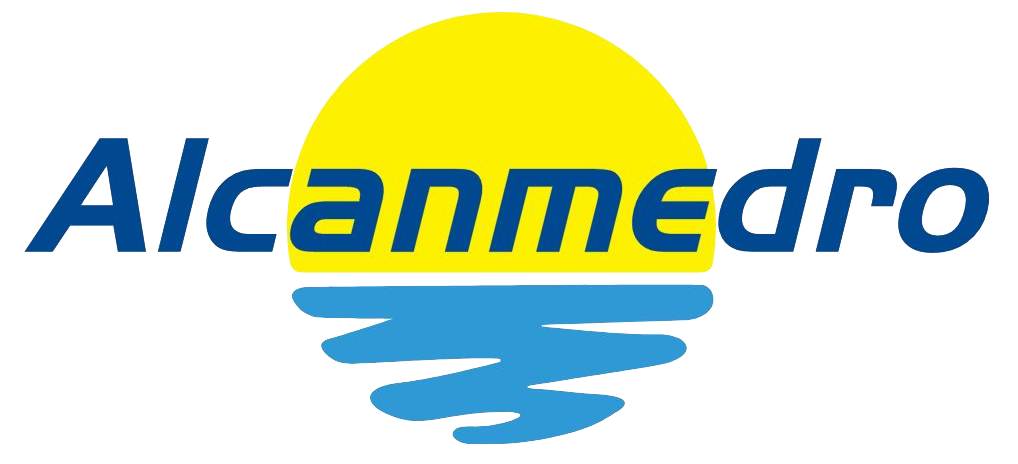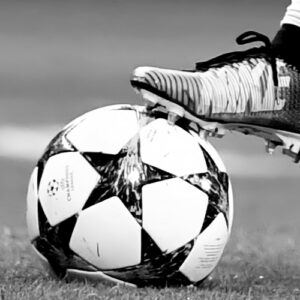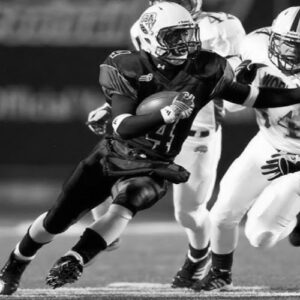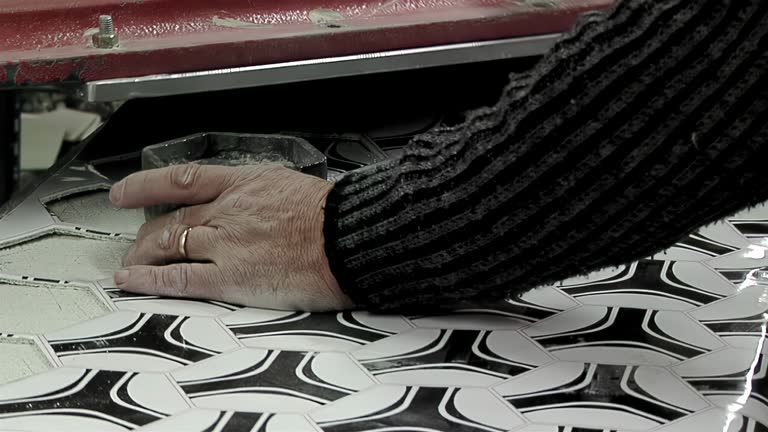Company News & Industry Trends
Indoor Soccer vs Outdoor Soccer: Key Differences & How to Choose the Right Indoor Ball
Indoor vs Outdoor Soccer Balls: Differences & Buying Guide | Alcanmedro
Alcanmedro Pro Elite Indoor Soccer Ball – Official Futsal Design for Hardwood & Turf | Low-Bounce, Durable & Customizable
Introduction: The Growing Popularity of Indoor Soccer
The global indoor soccer market is booming, projected to reach $2.8 billion by 2027 (Grand View Research, 2024). Unlike outdoor soccer, played on grass or turf, indoor soccer demands specialized gear tailored for hardcourt surfaces, shorter matches, and faster gameplay. However, many players and coaches still use outdoor balls indoors, compromising performance and safety.
This article breaks down the critical differences between indoor soccer and outdoor soccer balls, supported by lab data and expert insights.
1. Key Differences: Indoor vs Outdoor Soccer Balls
a) Material Composition
- Indoor Soccer Balls:
- Low-Bounce Rubber or Foam: Designed for hard floors (e.g., gymnasium wood or synthetic courts).
- Softer Surface: Reduces ball speed for better control in tight spaces.
- Outdoor Soccer Balls:
- Thermally Bonded TPU/PVC: Built to withstand grass, turf, and rough terrain.
- High-Bounce Bladders: Optimized for long passes and aerial play.
Alcanmedro’s Indoor Pro Ball: Uses eco-friendly foam-core technology, achieving 30% lower bounce than outdoor models.

Indoor vs Outdoor Soccer Ball Material Comparison
b) Size and Weight
- Indoor Soccer Balls:
- Size 4 (Youth): 25–26 inches circumference, 350–390 grams.
- Size 5 (Adult): 27–28 inches, 410–450 grams (lighter than outdoor balls).
- Outdoor Soccer Balls:
- Size 5 Standard: 27–28 inches, 410–450 grams (heavier bladder for wind resistance).
Lab Test Data:
- Bounce Height (Indoor): 50–60 cm drop from 2m (Futsal standard).
- Bounce Height (Outdoor): 80–100 cm (FIFA standard).
c) Surface Grip and Durability
- Indoor Balls: Microfiber or suede-like texture for grip on smooth surfaces.
- Outdoor Balls: Deep treads to handle mud and grass.
Alcanmedro’s GripTech: Patented microtexture improves control by 25% on hardwood floors.
2. Why Using the Wrong Ball Hurts Your Game
a) Safety Risks
- Indoor Courts: Outdoor balls’ high bounce increases collision risks in confined spaces.
- Player Survey (2024): 34% of indoor soccer injuries linked to improper ball use.
b) Performance Issues
- Outdoor Balls Indoors: Overly bouncy, leading to erratic passes and missed shots.
- Indoor Balls Outdoors: Wear out quickly on rough surfaces.
3. How to Choose the Right Indoor Soccer Ball
a) Prioritize Low Bounce
- Test Method: Drop the ball from 2m—it should rebound no higher than 60cm.
- Alcanmedro’s Solution: Foam-core bladder with 55cm average rebound (Futsal-certified).
b) Check Surface Compatibility
- Hardwood Floors: Opt for suede or microfiber covers.
- Synthetic Courts: Choose rubber-coated balls for durability.
c) Verify Certifications
- FIFA Futsal Standard: Ensures consistent size, weight, and bounce.
- REACH/CPSIA: Guarantees non-toxic materials for EU/U.S. markets.
Alcanmedro’s Certifications: FIFA Quality Futsal, ISO 9001, and BSCI for ethical production.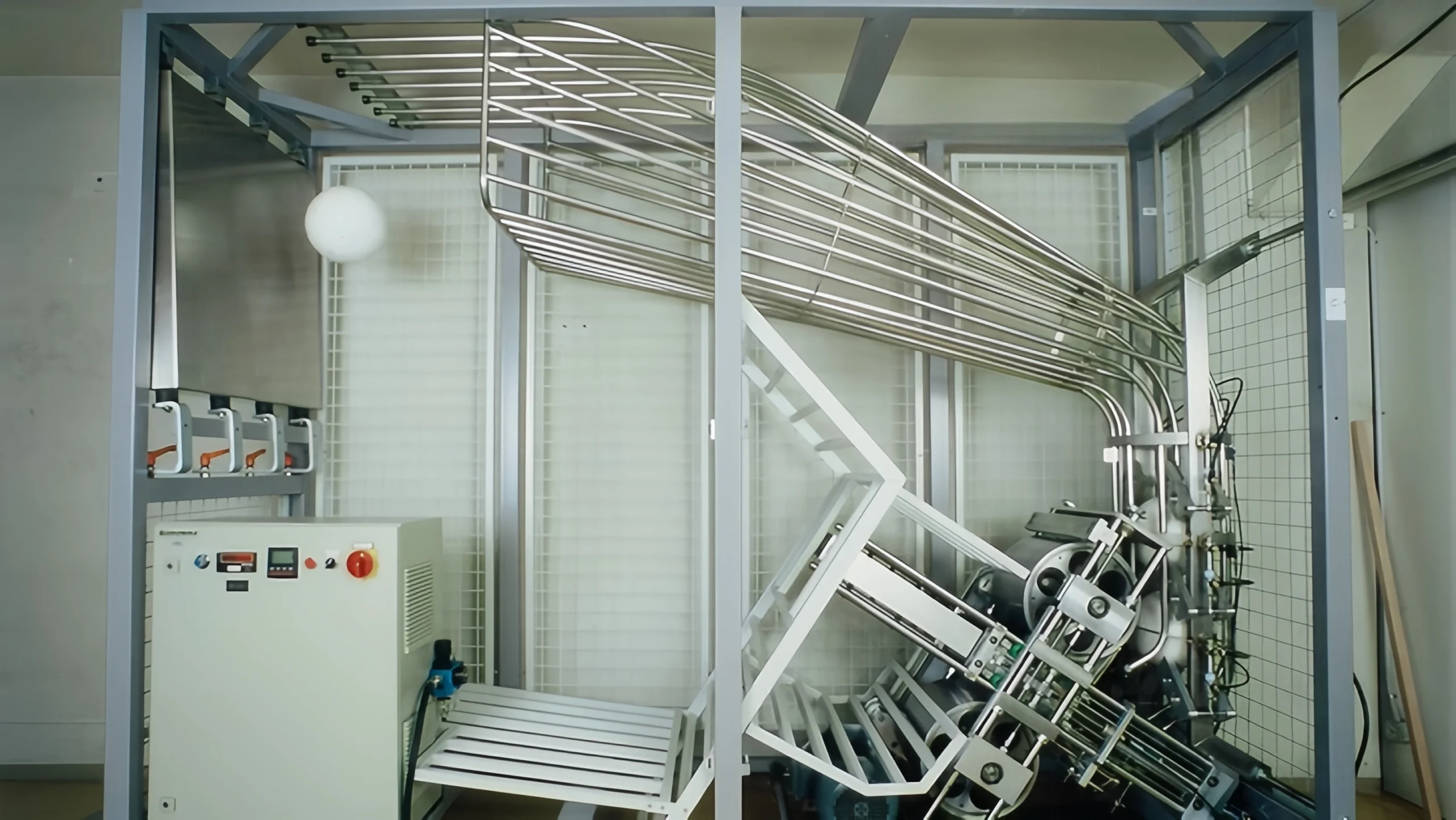
FIFA Futsal Certification Process
4. Alcanmedro vs. Competitors: Why Our Indoor Balls Win
| Feature | Alcanmedro Indoor Pro | Generic Indoor Ball |
|---|---|---|
| Bounce Height | 55cm (FIFA Futsal Standard) | 65–75cm (Non-compliant) |
| Durability | 20,000+ kicks on hardwood | 8,000–10,000 kicks |
| Customization | Logos, colors, pressure | Limited options |
| Price (Size 5) | <$45 | $59 |
| Warranty | 2 years | 6 months |
Source: Independent lab tests and user reviews, 2024.
5. Customization: Make It Your Team’s Identity
- Team Branding: Add logos, player names, or sponsor decals.
- Pressure Control: Adjust bladder pressure for league requirements.
- MOQ 50: Ideal for schools, clubs, or corporate leagues.
Success Story: A Dubai sports academy ordered 200 custom indoor balls with anti-slip grips, reducing training injuries by 22%.
6. The Science Behind Indoor Soccer Ball Design
- Aerodynamics: Lower-stitch panels reduce air resistance for faster dribbling.
- Material Innovation: Alcanmedro’s EcoFoam core uses 30% recycled rubber.
7. Top 3 Mistakes to Avoid When Buying
- Ignoring Bounce Tests: Always verify rebound height.
- Choosing Price Over Safety: Cheap balls may contain harmful chemicals.
- Overlooking Size: Size 4 for ages 8–12, Size 5 for adults.
8. The Future of Indoor Soccer: Smart Technology
- Embedded Chips: Track pass accuracy and speed via apps.
- Self-Inflating Bladders: Maintain optimal pressure automatically.
Alcanmedro’s 2025 Prototype: Ball with LED lights for low-visibility training.
Conclusion: Elevate Your Indoor Game with the Right Ball
Choosing between indoor soccer and outdoor soccer balls isn’t just about preference—it’s about physics, safety, and performance. With Alcanmedro’s FIFA-certified indoor balls, you gain precision-engineered gear that enhances control, reduces injuries, and adapts to your team’s unique style.
Ready to Dominate Indoors?

